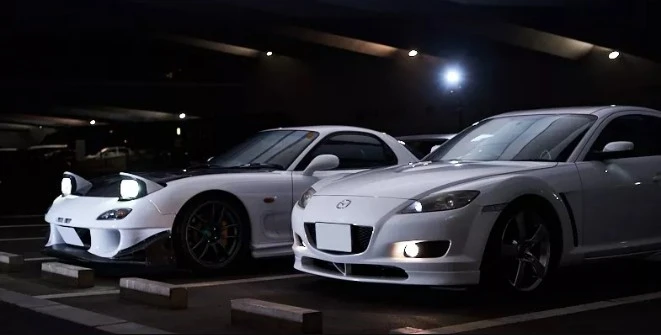Mazda engineers have deep feelings about the rotor engine. It has turned a small motor tricycle factory in Hiroshima into the fifth largest automaker in Japan today.
The rotor engine has a simple structure and a large horsepower. The car has the best sense of coordination in driving, just like a part of your body. Costly research and development but poor sales. The rotor engine is the fate of Mazda and it is also encumbrance.
Eighteen years ago, seven engineers solved the problem of high fuel consumption of the rotor engine and successfully helped the RX-8 to resurrect. Now, in the face of the electrification wave, what will happen to the new generation of rotor engines and the RX-9.
RX-8 saved by Ford
In 1996, Mazda was on the verge of bankruptcy, and America Ford acquired 33% of Mazda’s shares as the largest shareholder. At the press conference, Japan Mazda and the America Ford expressed their views on the future of the rotor engine. At that time, the president of America Ford said: Although the sports car equipped with a rotor engine was released at the auto show last year, I think it is just a concept car. There is no mass production plan at present.


President Wada Yoshihiro said that the rotor engine is the product that Mazda have spended many years to research and development. It is not a question of how to make an ordinary V6 engine. We must consider it carefully. The decision of whether continue to produce the rotor engine or not is no longer in Mazda’s own hands.

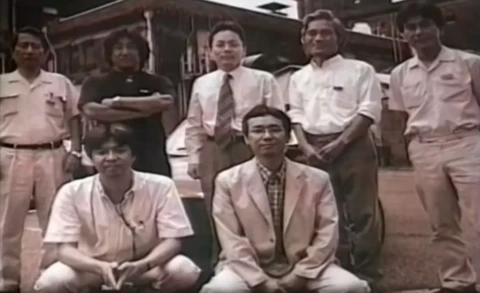
After Ford to be the largest shareholder of Mazda, they think that rotor engine is the biggest failure to Mazda. So, they asked to give up the rotor. Under Mazda’s insistence, the original hundreds of engineers ended up with only seven people. The once brilliant RE rotor design department moved to the corner of the company.

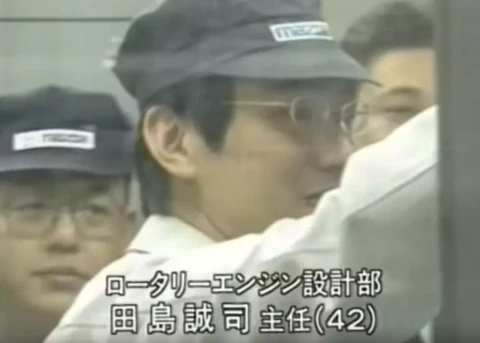
Tajima is the director of the RE design department. He recalled the situation at the time. “Ford’s attitude toward us can be described as disregard, and even engineers can’t use the company’s computers.”


Ren Tiangong, who is in charge of vehicle design, recalls that “we were under considerable resistance when developing vehicles with the RE team.” Although Ren Tian could not use the computer, he continued to design with paper and pen.

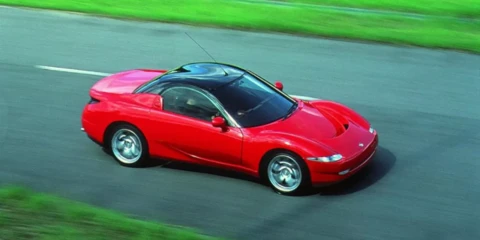
A test vehicle RX-01 with a new rotor engine is parked in the warehouse. The goal once was to achieve mass production in 1998. Engineers improved fuel consumption and were very confident on it. However, the report with the test results was ignored by executives.


This MX-5 modified test car was developed by engineers in the warehouse. When the factory was empty at night, they furtively pull the car out for testing. Since it was secret development, there was no budget.

 It is equipped with a new rotor engine developed by seven engineers.
It is equipped with a new rotor engine developed by seven engineers.


In order to verify the performance of the engine, 7 engineers tried to transport the car to the three-tests track in Hiroshima, the holy land of Mazda. This dilapidated test car was quietly mixed into the originally scheduled test project.

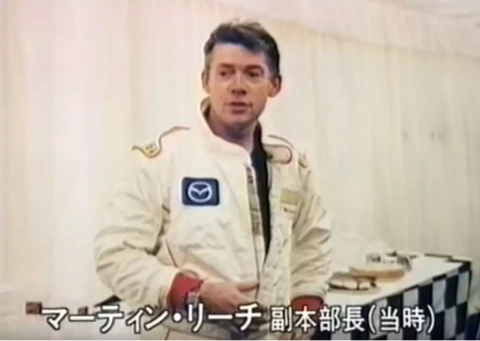
Why must choose this day to test? The driver in charge of the test was Martin Ritchie of Ford. He not only has driven the Mazda 787B Le Mans Championship car, but also almost was neck-to-neck with the car god Senna in the karting competition. Seven engineers believed that he was such a stronger driver and he would definitely feel the advantages of the rotor engine.
The test started from the early morning. Time flies very quickly, it’s already 6 o’clock in the blink of an eye. Finally, it was the turn to the dilapidated test car. At that time, Rich drove fast, and there was no mercy on this dilapidated car.

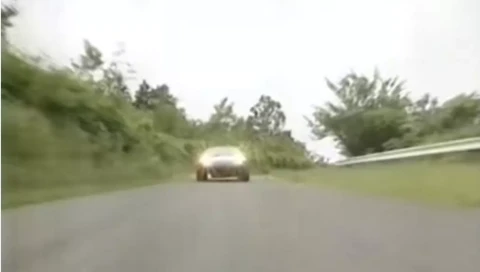
There was only one test car. If it was crashed during the test, then all of this will end. Seven engineers prayed that it would come back safely. Ricky drove for three laps. He came back and said to Mr. Tajima: “Your car is great, and the technology has room for improvement. I will solve the company’s business.” The rotor project finally saw the hope.


After two years of Ritchie’s test, seven engineers not only did not wait for dawn, but the resistance of the rotor project was even greater. Mazda has consecutively suffered losses for five years and is in a critical situation. The engineers worked overtime to develop new cars, using engines from the Ford Group. If Mazda abandons the rotor engine at this time, the rotor technology of the car will also disappear from the world.

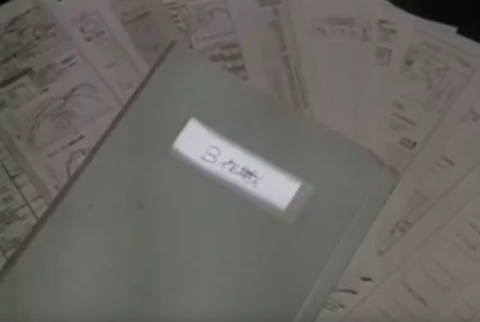
Items without profit are all revoked. If Mazda wants to rebuild itself, it must be strictly enforced. There are only seven engineers who are bare-handed, and this battle still has to be played. They started the plan B again, and B means the first letter of the fool in Japanese.
Compare the advantages and disadvantages of the rotary engine and the ordinary gasoline engine. The small and powerful rotor engine is perfect for sports cars. They are trying to cut manufacturing costs by half by reducing the number of engine components. This is the last resort of 7 engineers. They did everything that they could or could not do. Uneasy, helpless, RE Development Director Tajima also began to doubt life.
In December 1998, after six months of implementation of Plan B, there was still no hope. The Mazda headquarters met to discuss the new model, and the rotor engine item disappeared for the first time. The story is not over yet. Once the test driver, Richie, who had become the European Ford president, saved the rotor in a critical moment.


“When I heard this news, I immediately flew to the UK where the Ford executives is located. When they were preparing to board the flight back to the US, I followed they. So I had 7 hours to convince them. When the plane landed, The new rotor plan was approved.”
It is the Ford Group that saved the rotor engine. At the time, Ford had eight brands including Volvo, Jaguar and Aston Martin. Ford wants every brand to have its own characteristics. Mazda is given a sporty route, so the light-powered rotor engine is worth keeping.


“I went on a business trip to the three-tests track for the first time. The car made me very excited. The driving pleasure of the rotor gave me a deep impression.”
Rich believes that Mazda’s brand charm comes from the MX-5, Mazda 3’s predecessor Familia and the rotor sports car RX-7. He not only saved the rotor, but also the benefactor of Mazda. Mazda President Markfield at the time also agreed with his ideas.


In January 1999, Rich came to Japan and inform Mazda of the idea of continuing to develop the rotor. Tajima Shinji heard the news on the phone and the burden on his shoulders was finally put down. In autumn, the RX-EVOLV concept car with a new rotor engine was successfully completed.


The trial of the rotor engine has not over yet. The R&D work has encountered difficulties and has been suspended for a month. The principle of a rotary engine is to simultaneously inject air and fuel into the combustion chamber, and the compression explosion generates power. However, every time the fuel is injected, a part of it is left outside the combustion chamber and wasted. The more you waste, the more fuel the car will cost. The new rotor car must solve this problem, otherwise it will not be mass-produced. RE design director Tajima couldn’t calm down, and the rotor engine plan that was finally resurrected could not be lost in his own hands. Someone inside the company suggested that can the new car does not use rotor engine?


There was still one week from the deadline set by the company. The engineers cleaned the engine oil residue in laboratory. One person said casually, can we use the air to blow the fuel into the combustion chamber like this. Tajima had inspiration in a flash. And then drove to a factory which manufacture rotor test parts in Hiroshima. The factory manager received a phone call from Tajima. He heard that this time seems different from the past. Tajima requires parts to be manufactured within 20 hours and used in the daytime testing.

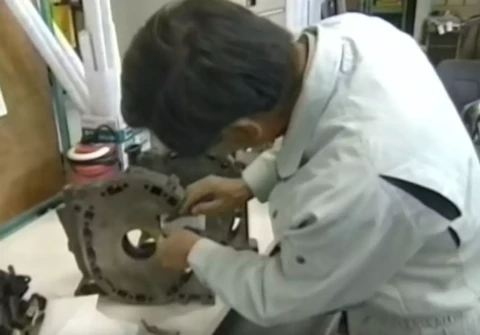
The outline drawn by the factory manager on the cylinder with white paper is the design drawing. In general, it takes two days to make a design drawing, and it will not catch up anyway. But he still accepted the challenge and personally completed the work overnight.

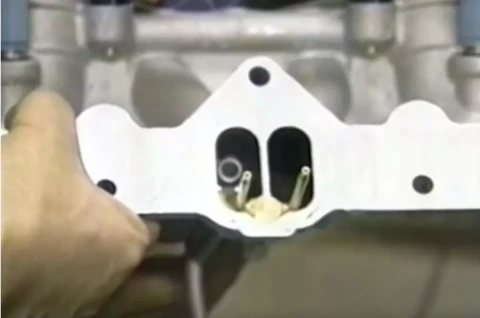
The new component can blow the remaining oil from the groove back into the combustion chamber. Engineers installed a miniature camera to see the specific combustion situation. The experiment was successful, the fuel consumption of the fuel injection was improved, and the fuel consumption at the idle state was reduced by 40%. With the efforts of seven engineers, the new rotor engine RENESIS was finally completed.
Mazda President Markfield from Ford said that “I will be pleased to announce that Mazda will mass produce RX-8. The RX series is the legacy of Mazda, and more important is that the rotor is the future of Mazda.”
Toyota has another way for the rotor

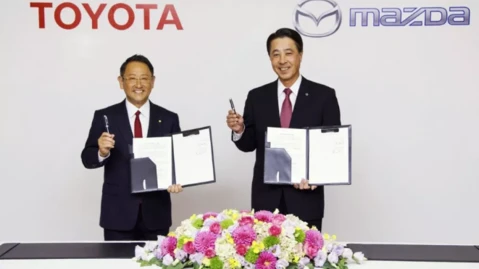
In 2017, Toyota, Mazda, and Denso set up a new company to develop pure electric vehicles. Under the new energy wave, the advantage of the small size and light weight of the Mazda rotor engine is once again utilized.

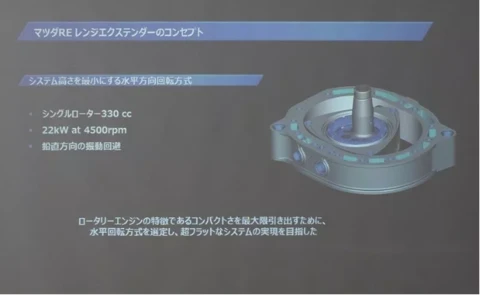


In 2016, Mazda said that it is developing a rotor extender. EV electric vehicles using rotor range extenders will also debut this year.
As a generator of the range extender, the rotor can take advantage of any speed, and there is not big weakness in theory. Mazda’s soul rotor engine was probably resurrected as the heart of an electric car after half a century of birth.


In January 2018, Toyota Motor released the next-generation EV electric car concept “e-Palette Concept”, which uses a rotor engine as a range extender. Toyota plans to use it in the operational services of the 2020 Tokyo Olympics. It is almost certain that this technology will be mass-produced in 2020.
Never stopped developing rotor sports car


The RX-8 was discontinued in 2012. Although the Mazda team has shrunk, the development of the rotor engine will continue. The 2015 “RX-VISION” concept car was announced. For the first time, Mazda executives admitted that the rotor sports car is still under development.

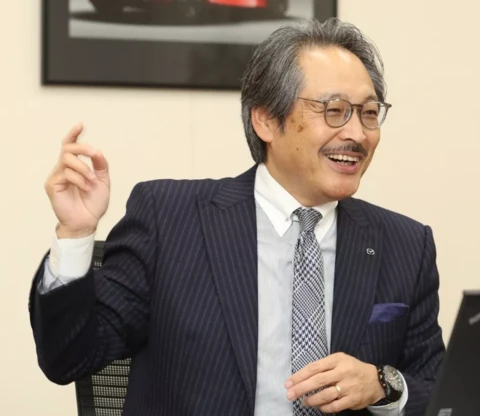
The former Mazda technical leader, Fujiwara Kiyoshi, wanted the RX-9 to use this electric range-increasing system. But Mazda internally opposed the application of electric technology which originally used in small civilian vehicles to the flagship sports car RX-9. In the subsequent survey conducted at the Tokyo Motor Show, Mazda enthusiasts strongly recommended continuing to produce rotor sports cars.


So Mazda changed its policy and continued to develop the rotor sports car. In December 2017, Mazda book a whole site to conducted the test at Nürburgring. The track appeare a RX-8 test car with a special shape of the air intake . According to informed sources of Mazda, this car is the pioneer development test car of the rotor sports car RX-9.


The second-generation VISION COUPE concept car, announced in 2018, is expected to use the same dual-rotor configuration as the RX-8, and the displacement is expected to expand to 800cc x2. Mazda insiders revealed that the SKYACTIV-R will put the sporting performance first, and the engine has been developed and entered the piggyback test phase. The high performance version has approximately 400 to 450 hp.
So when will mass produce? In mid-November 2016, Mazda Kogai Masamichi president’s goal was to launch an electric vehicle using a rotor range extender in 2019 and a PHEV in 2021. The RX-9 will be developed in 2020 that the 100th anniversary of its founding.
XEV hybrid rotor is gradually emerging


Recently, Mazda’s technical leader, Ichiro Hirose, said in an interview with the Australian media “Drive”: We are developing a hybrid sports car that is directly powered by a rotor engine. This car can meet the stringent environmental regulations of the world. Mazda in the United States is conducting a “secret and crazy” study of the rotor engine.
SKYACTIV-HYBRID from Toyota Technology

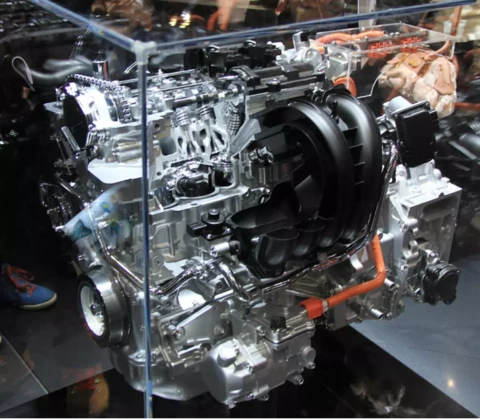
Ichiro Hirose also mentioned that the hybrid technology they use is similar to the one used by Toyota on the Prius, and the engine will drive the vehicle when necessary. On the Angkeira, Mazda successfully tried to combine the SKYACTIV engine with the Toyota hybrid technology and successfully mass-produced. This time, Mazda also relied on technical cooperation with Toyota to make a breakthrough in the rotor sports car project.

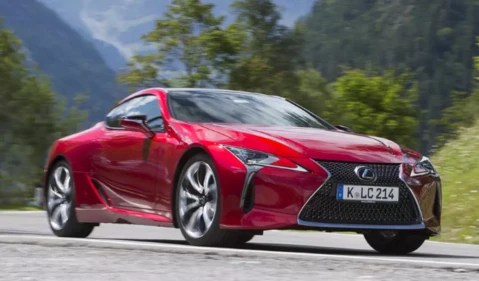
From the market performance of the Lexus hybrid sports car LC500h, including Toyota itself is not satisfied with the performance of this hybrid system. The Mazda’s new rotor engine has already entered the road test phase. The RX-9 may also adopt the LC dual-vehicle strategy. At the same time, the rotor car and rotor hybrid car to support the environmental protection regulations of different countries.


Last year, Fujiwara Kiyoshi handed over the power chain development work to Ichiro Hirose. He once said that the resurrection rotor is a work that I have not done yet, and must be realized before leaving the company. This way I can retire with driving the RX-9.
Continued development of the rotor engine is the eternal mission of every generation of Mazda engineers.

